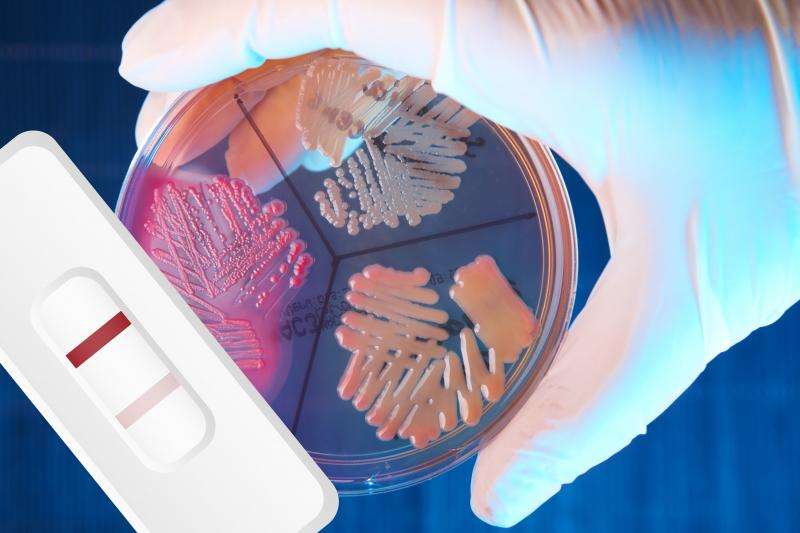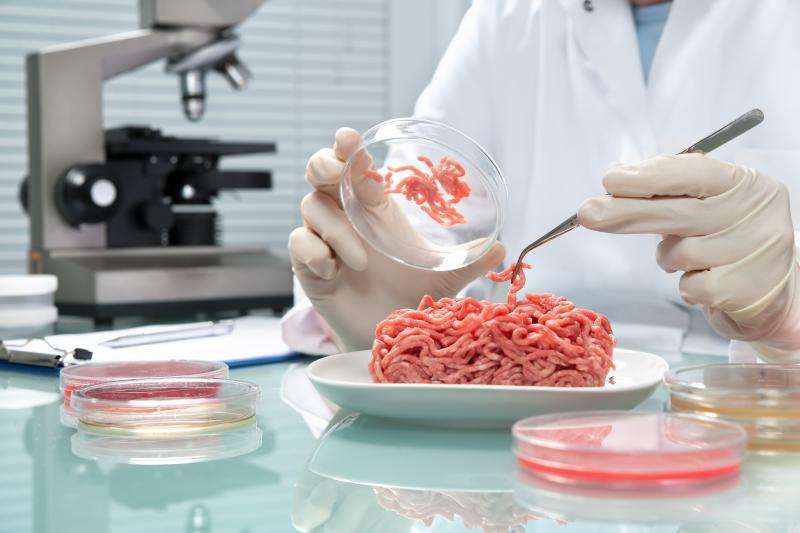Researcher innovates method that detects pathogens in food in less than 24 hours

In the province of Ontario in the Canadian city London, the Mexican researcher Yadira Tejeda has developed a method for detecting contamination of meat products with Escherichia coli-O157, a bacterium that causes intestinal infection, in less than 24 hours.
The current process to detect food-borne pathogens such as E. coli-O157 is through cultures, which require a minimum of 48 hours to determine the presence of a harmful organism.
That time represents a barrier to commercial producers of meat because one-third of the shelf life of the products is wasted awaiting results.
However, with her novel process, a quick sampling of the products is possible. This method is similar to a pregnancy test, in which the appearance of one line indicates a negative result and two lines indicates positive. Thus, attention is given only to products with an affirmative result.
"The contamination by E. coli O157 is possible because it is a bacteria present in the gastrointestinal tract of cattle and, while not harmful to the animals, there is a high risk of contaminating the meat when the animal is sacrificed."
The researcher, who four years ago received her doctorate in microbiology, is working with a small business, and her idea is to implement a validation of this method in order test its feasibility.
"I work with E. coli-O157 because it has caused many epidemics, and has contaminated both raw and ready-to-cook meats; for example, burgers, sausages, beef and pork. In these circumstances, the products had to be removed from the market," she says.

Tejeda explains that according to the law, it is necessary to test for absence of E. coli O157 before releasing products to the market. For example, in Alberta, Canada, there was the case of the company XL Foods, which had to reclaim meat products that were contaminated with the bacteria. This problem cost millions of dollars in losses to the company.
The researcher focuses on E. coli-O157, while other colleagues study pathogens such as Salmonella and Listeria monocytogenes, because the idea is to have a wide range of diagnostic methods to identify various microorganisms, benefiting the food industry.
Yadira Tejeda explains that there are several collaborative programs in Canada with other countries, including Mexico. "This is something that pleases me very much because there is a possibility of doing something to impact my home country."
Finally, the researcher talks about the many advantages to studying in Canada, such as the collaboration programs with several Mexican companies, so that "even if we say we're out of the country, there are many ways to apply what they are learning and what we create from here."
Provided by Investigación y Desarrollo


















